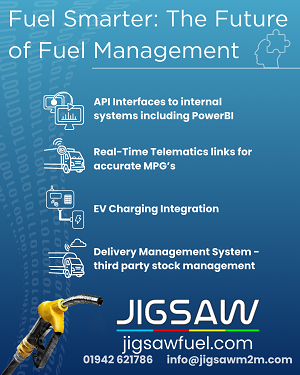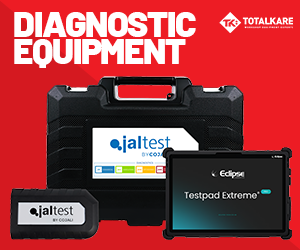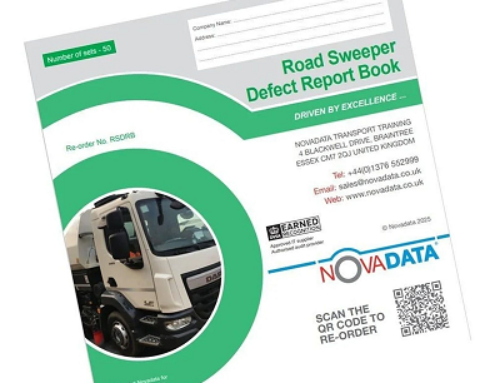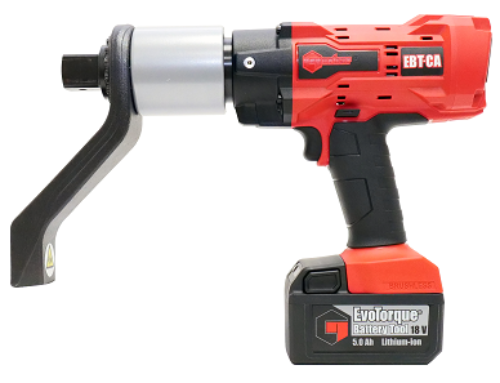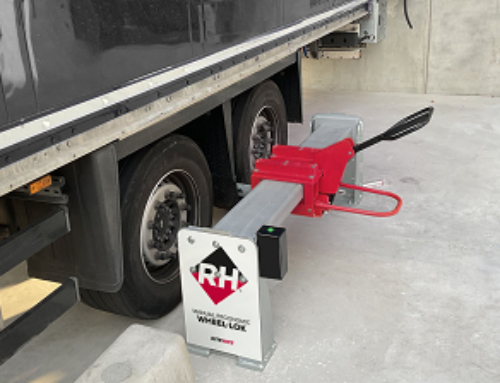Overload protection tips from VPG
 VPG Onboard Weighing has offered its perspective on the risks posed by vehicle overloading, and how fleets can equip themselves to combat them.
VPG Onboard Weighing has offered its perspective on the risks posed by vehicle overloading, and how fleets can equip themselves to combat them.
“Overloading a vehicle is more than just exceeding its maximum load capacity; it also involves improper weight distribution across axles,” said Richard Collins, sales and marketing director at VPG Onboard Weighing.
“These issues compromise vehicle stability, steering control, and braking efficiency, leading to higher risks of accidents such as rollovers or rear-end collisions.
“Consider the findings of the Conference of European Directors of Roads (CEDR), which reveal that 2 to 18 per cent of commercial vehicles in Europe are overloaded, depending on the country. This has tangible consequences. A European Commission report noted that load-related factors are a significant contributor to accidents involving commercial vehicles.”
The consequences of overloading extend beyond immediate safety risks, says Richard.
“Excessive weight accelerates wear and tear on key components like brakes, tires, and suspension systems, leading to frequent and costly maintenance,” he continued.
“Moreover, higher fuel consumption caused by heavier loads significantly increases operating expenses and contributes to elevated emissions, impacting both budgets and the environment.
“Non-compliance with load regulations also carries legal and financial repercussions. Stricter enforcement is becoming the norm across Europe and overload fines are on the rise.
“UK, France, and Italy already have robust monitoring systems in place, and we are starting to see more rigorous enforcement of overload regulations in additional countries following updated EU legislation implemented last May. “
Underloading – whether intentional or due to inaccurate loading practices – is another issue that impacts fleet efficiency, says Richard.
“Drivers or operators may partially load vehicles as a precaution to ensure a safe margin or because they lack precise weight information. This results in underutilised capacity and increased costs from additional trips that could have been avoided with better load management.
“Weighbridges, though essential, have inherent drawbacks. As stationary tools, they provide weight measurements only at specific points, such as loading depots. They cannot account for weight fluctuations that occur during transit due to partial loading or unloading along the route.
“This lack of real-time data leaves drivers and fleet managers in the dark about changes that could compromise safety or compliance.”
Onboard weighing systems offer a practical, real-time solution to these challenges, he contends.
“Installed directly on vehicles, these systems provide continuous weight monitoring, enabling drivers to manage loads safely and efficiently. By optimising load capacity, fleets can transport goods more effectively, reducing the number of trips required and saving both time and fuel.
“VPG OnBoard Weighing is a pioneer in addressing the challenges of overloading. The company’s TruckWeigh and VanWeigh systems deliver accurate, user-friendly solutions for continuous monitoring of load weights directly from the vehicle…
“With an accuracy better than ±2.5 per cent at 90-100 per cent of the vehicle’s gross vehicle weight (GVW), these systems provide dependable weight data,” he said.
“Over 50,000 systems are in use worldwide, in Italy, France, the Netherlands, the UK, the USA, Australia, and elsewhere…
“These systems integrate easily with telematics platforms, allowing fleet managers to monitor vehicle loads in real-time and receive immediate alerts for overload situations. This enhances operational oversight and supports proactive fleet management.”
Richard concluded: “Overload protection is a cornerstone of effective fleet management. Beyond safeguarding lives, it helps mitigate legal liabilities, reduce maintenance costs, and improve operational efficiency. With VPG OnBoard Weighing’s advanced solutions, fleet operators can confidently tackle the challenges of overloading while optimising their resources.”





